The “Yassa,” the legal code established by Chinggis Khaan, addressed the importance of maintaining a proper relationship with nature and the ethical utilization of its resources.
At that time, the primary livelihood of the Mongols revolved around herding five types of livestock, while hunting played a vital role in meeting the food needs of the country and its military forces. Moreover, hunting was a crucial component of military preparation and training.
The “Yassa” contains multiple provisions related to environmental protection. For instance, it states, “When the grass is green, do not dig the ground.” “It is forbidden to strike the ground with a riding whip, to allow your riding whip to touch the arrow of a crossbow, to catch a bird’s nestling, or to bridle your horse … It is prohibited to urinate indoors; should an individual intentionally commit such acts, they shall face execution.” Additionally, in the observations of Plano Carpini, it is noted, “During the summer and spring, no one bathes in open water during the day, washes their hands in the river, or uses gold or silver vessels to draw water; they do not spread their washed clothes on the ground. This is because, according to their beliefs, such actions are the causes of strong thunder and lightning. They greatly fear these occurrences and flee from them,” as mentioned by Rashid ad-Din in his work “Compendium of Chronicles.”
The renowned Mongolian scholar Jack Weatherford noted, “Chinggis Khaan enacted one of the world’s first environmental protection laws, which prohibited hunting from March to October, during the breeding season of wild animals. By doing this, he aimed at preventing a decline in livestock numbers and ensuring a stable food supply during the harsh, long winters. This law detailed how to hunt animals and how to prepare meat without waste, establishing precise guidelines for these practices” (Jack Weatherford, “Chinggis Khaan and the Making of the Modern World,” Ulaanbaatar, 2005, pp. 68-69). This cultural ethos of hunting and humane ethics among the Mongols continues to be upheld as a living tradition today.
